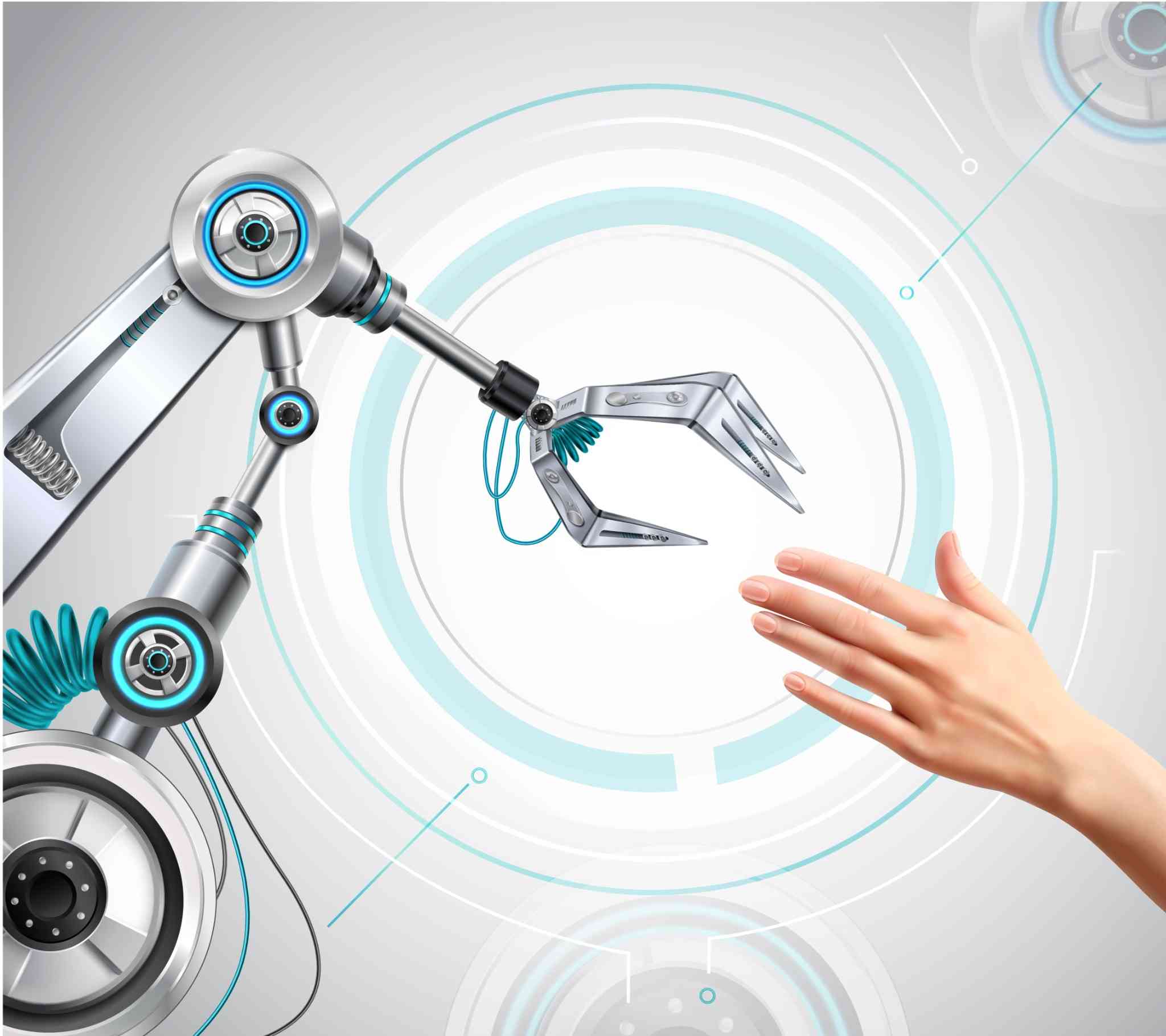
One of the most transformative advancements to hit the production floor in recent years is the advent of collaborative robots, or cobots. Cobots work alongside human workers, unlike traditional industrial robots, which often operate in isolation due to safety concerns. Read on to learn how cobots change manufacturing dynamics, their key benefits, and their potential future impact.
What Are Collaborative Robots?
Collaborative robots are designed to assist human workers by performing repetitive, hazardous, or ergonomically challenging tasks. With advanced sensors, machine learning capabilities, and built-in safety features, cobots can operate near humans without the safety barriers required by traditional industrial robots.
Benefits of Collaborative Robots
Integrating cobots on the manufacturing floor brings many benefits, transforming traditional processes and workflows. Here are some of the key advantages:
Improved Productivity
Cobots excel at performing repetitive tasks with consistent accuracy, freeing human workers to focus on more complex and creative aspects of the manufacturing process. This synergy between human ingenuity and robotic precision increases productivity and quality control.
Increased Flexibility
Cobots are designed to be easily programmed and redeployed for different tasks. This flexibility is particularly beneficial for small and medium-sized enterprises (SMEs), which can adapt quickly to changing market demands without significant investments in new machinery.
Improved Safety
Safety is a paramount concern in manufacturing. Cobots have advanced sensors and safety algorithms that help them detect and respond to their environment. If a human worker enters the cobot’s workspace, the robot will automatically slow down or stop to prevent accidents. This interactivity significantly reduces workplace injuries and improves overall safety.
Cost-Effectiveness
Implementing cobots can be a cost-effective solution in the long run. The initial investment is often lower than that of traditional industrial robots, and the return on investment can be swift due to increased productivity and reduced downtime. Moreover, cobots’ ease of programming and redeployment means lower training and maintenance costs.
Applications of Cobots in Manufacturing
Cobots are versatile and can be deployed in various tasks across different industries. Here are some common applications:
- Assembly Line Assistance: Cobots can handle small parts assembly, reducing strain on human workers and ensuring precision.
- Quality Control: With advanced vision systems, cobots can perform detailed inspections and maintain consistent quality standards.
- Material Handling: Cobots are used to load and unload machines, package, and palletize, reducing the physical demands on human workers.
- Welding and Soldering: Cobots provide precise and consistent welding and soldering, particularly in confined or high-heat environments where human exposure should be minimized.
Real-World Examples
A variety of industries have already successfully integrated cobots into their manufacturing processes. For example, automotive manufacturers use cobots to assemble delicate electronic components and inspect parts for defects. In the food and beverage industry, cobots assist in packaging, ensuring products are accurately sorted and labeled.
Steps to Implement Cobots in Your Facility
Implementing cobots in your manufacturing facility requires careful planning and execution. Here are some steps to consider:
- Identify Tasks: Determine which tasks can be automated with cobots to achieve the highest impact.
- Assess the Environment: Make sure the workspace is suitable for cobot integration, considering space, lighting, and safety requirements.
- Choose the Right Cobot: Select a cobot that fits the specific requirements of your tasks, considering payload capacity, reach, and precision.
- Program the Cobot: Utilize intuitive programming interfaces or leverage machine learning algorithms to train the cobot for specific tasks.
- Monitor and Optimize: Regularly monitor cobot performance and make adjustments to optimize efficiency and productivity.
Future Prospects
The future of collaborative robotics in manufacturing looks promising. Advances in artificial intelligence, machine learning, and sensor technologies will further improve cobots’ capabilities, making them even more integral to smart factories. As industries continue to embrace Industry 4.0, the collaboration between humans and robots is set to revolutionize manufacturing, driving efficiency and innovation.
Collaborative robots are not merely a technological novelty. They represent a fundamental shift in how manufacturing processes are conceived and executed. By improving productivity, ensuring safety, and offering flexibility, cobots are poised to transform the manufacturing floor, paving the way for a new era of industrial automation.
